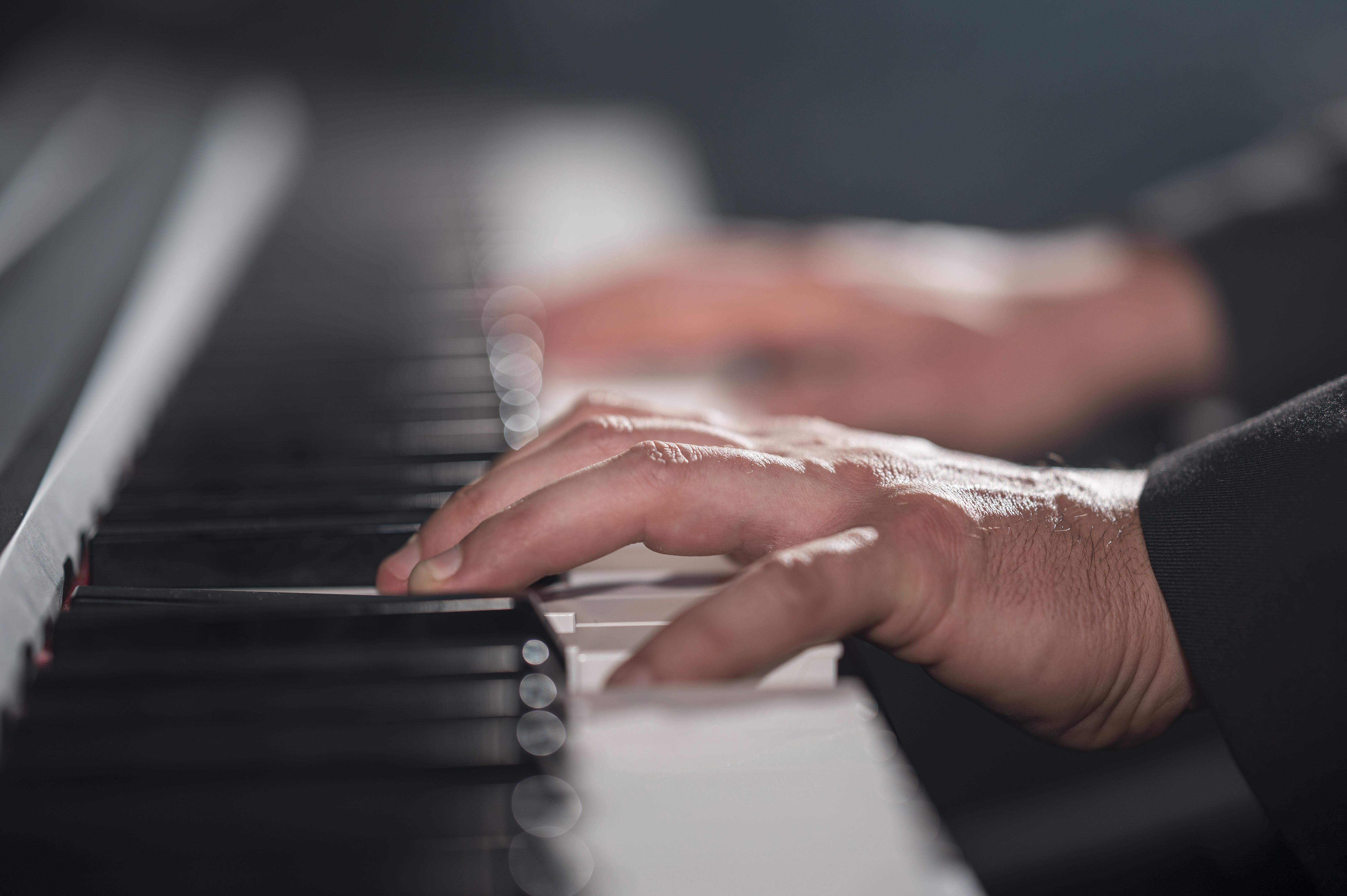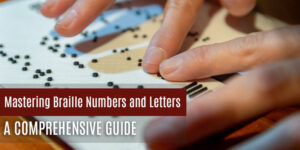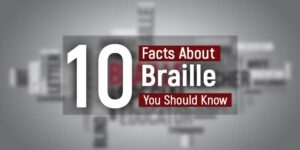Music is a universal language. It has the power to surprise, amaze and touch our hearts and souls.
It brings joy, expresses emotions, and connects people across cultures.
However, for visually impaired individuals, accessing and enjoying the beauty of piano music can present unique challenges.
That’s where Braille music notation comes in. In this blog, we will explore how to read braille piano music in Braille, making it accessible to everyone.
The Basics of Braille
Braille is a tactile writing system that lets individuals with visual disabilities read and write using raised dots. It consists of patterns of six dots arranged in two columns of three dots each.
In Braille music notation, additional symbols are used to represent musical elements such as notes, rhythms, dynamics, and more. These symbols are placed on a grid-like structure called the music score.
Producing braille music sheets is an art in itself, and there are only a few people possess the skills. As we know, a separate code has been developed for learning braille music, which is, of course, different from regular Braille.
Reading Piano Music in Braille
To begin your journey of reading and learning piano music in Braille, you will need a few essential tools.
A Braille music sheet or a book embossed Braille music sheets can be used. To learn piano in Braille, you will have to familiarize yourself with the layout of the Braille music score, which typically contains lines and spaces representing the staff, where notes and other musical symbols are placed.
Rhythm and Timing in Braille Music
Rhythm is a fundamental aspect of music, and Braille music notation effectively conveys it.
In Braille, rhythmic values are represented by specific combinations of dots, indicating the duration of each note.
Time signatures, denoting the organization of beats in a measure, are also represented in Braille. To maintain a steady tempo, practice counting and tapping along with the music while reading Braille notation.
Pitch and Musical Notation in Braille
In piano music, the pitch is represented by the placement of notes on the staff. Braille music uses a combination of dots and their positions to indicate different piano keys. These determine the pitch range, and accidentals, which modify notes, are also represented in Braille music notation. Developing familiarity with these symbols will help you read and interpret piano music effectively.
Developing Braille Music Reading Skills
Like any new skill, reading piano music in Braille requires practice. Start with simple exercises designed for sight-reading in Braille. Many resources offer Braille music recordings or audio accompaniments, which can help reinforce your understanding of the music. Consider seeking guidance from a Braille music teacher or mentor who can provide valuable insights and support throughout your learning journey.
Challenges and Tips for Success
Reading complex musical passages in Braille can pose challenges initially.
Break down the music into smaller sections and practice each part separately so that you can easily memorize it. You must memorize and read every part and then play a piece.
Memorization plays a crucial role in reading Braille music, so don’t hesitate to use repetition and mnemonics to reinforce your understanding. Persistence, patience, and consistent practice are key to mastering any new skill.
Resources for Further Learning and Support
There are numerous platforms and websites that provide Braille transcription services, including sheet music, tutorials, and books where you can connect with braille transcribers and get the transcription.
Also, there are many communities dedicated to supporting visually impaired musicians that can provide valuable guidance and support.
Additionally, consider exploring books, courses, and workshops specifically tailored to learning Braille music.
Conclusion
Learning how to read piano music in Braille opens up a world of possibilities for visually impaired individuals to explore and enjoy the beauty of music.
By understanding the basics of Braille and developing reading skills, you can embark on a fulfilling journey of musical expression.
Remember, no matter the challenges you may face, the joy and fulfillment of playing piano music in Braille will make it all worthwhile. Embrace the journey and let the music guide you to new horizons. At Braille Music and More, we provide high quality braille transcription for various genres including languages, books etc.







